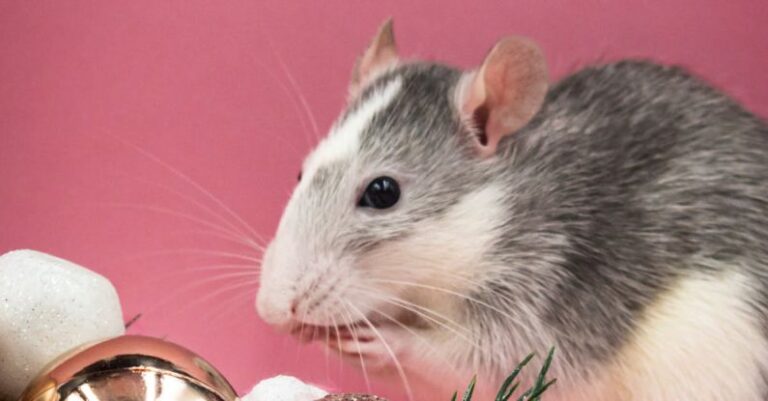
Hamsters are adorable and delightful pets that bring joy and entertainment to many households. When it comes to creating a habitat for these small furry creatures, there are a variety of setups to choose from. From simple to elaborate, hamster habitats can be customized to suit the needs and preferences of both the hamster and its owner. In this article, we will explore some of the most popular hamster habitat setups that are both functional and aesthetically pleasing.
**Traditional Cage Setup**
The traditional cage setup is a classic choice for hamster owners. These cages are typically made of wire with a plastic base and come in various sizes to accommodate different hamster breeds. The wire bars allow for ventilation and climbing opportunities for the hamster, while the plastic base holds bedding and other essentials. Many traditional cages also come with accessories such as a wheel, water bottle, and food dish, making them a convenient option for first-time hamster owners.
**DIY Bin Cage**
For those looking for a more budget-friendly and customizable option, a DIY bin cage is a popular choice. These cages are made from plastic storage bins that have been modified to provide adequate ventilation and space for the hamster. With a bit of creativity and some basic tools, hamster owners can create a personalized habitat that meets their specific requirements. DIY bin cages are also easy to clean and maintain, making them a practical choice for those who value simplicity and functionality.
**Multi-Level Habitat**
Hamsters are active animals that enjoy exploring and climbing. A multi-level habitat provides ample space for the hamster to move around and engage in natural behaviors. These setups often consist of multiple platforms, ramps, and tunnels that create a stimulating environment for the hamster. By incorporating different levels into the habitat, owners can encourage exercise and mental stimulation, leading to a happier and healthier hamster.
**Naturalistic Setup**
Creating a naturalistic habitat for your hamster can enhance their overall well-being and quality of life. This setup mimics the hamster’s natural habitat in the wild, with elements such as natural bedding, hiding spots, and foraging opportunities. Adding natural materials like branches, rocks, and tunnels can enrich the hamster’s environment and provide them with a sense of security and comfort. Naturalistic setups are not only visually appealing but also promote the hamster’s natural instincts and behaviors.
**Hamster Playpen**
For owners who want to give their hamster some supervised playtime outside of their cage, a hamster playpen is an excellent option. These portable enclosures provide a safe and secure space for the hamster to explore and play while being closely monitored by their owner. Playpens come in various sizes and designs, allowing for customization based on the hamster’s needs and the owner’s preferences. With plenty of toys and enrichment activities, a hamster playpen can offer hours of entertainment and exercise for your furry friend.
**Conclusion: The Perfect Hamster Habitat**
Creating the perfect habitat for your hamster involves understanding their natural behaviors and preferences. Whether you opt for a traditional cage setup, a DIY bin cage, a multi-level habitat, a naturalistic setup, or a hamster playpen, the key is to provide a safe, stimulating, and comfortable environment for your furry friend. By considering your hamster’s needs and incorporating elements that promote their physical and mental well-being, you can create a habitat that both you and your hamster will love. So, get creative and explore the various options available to design the perfect hamster habitat that suits your unique style and your hamster’s personality.





